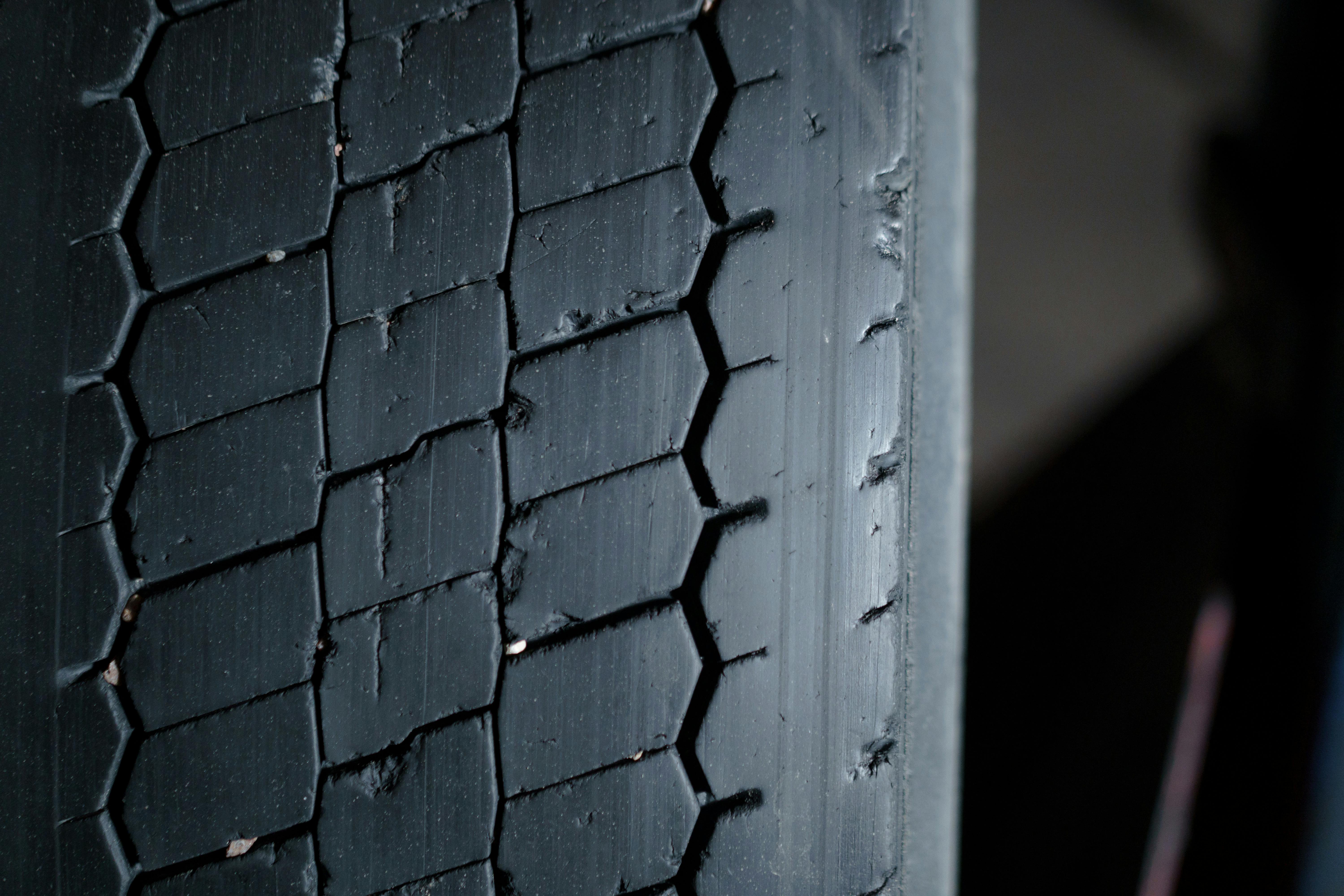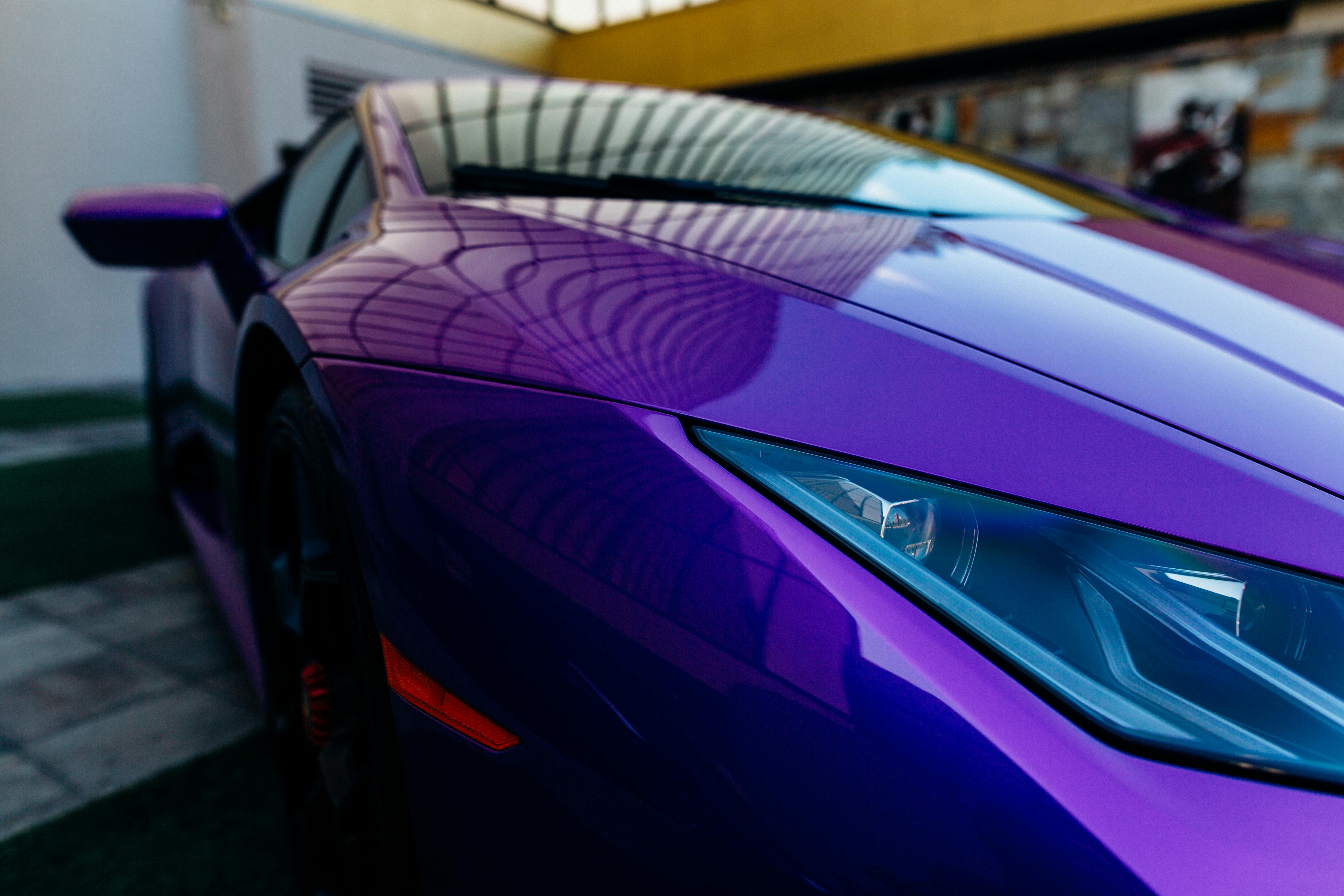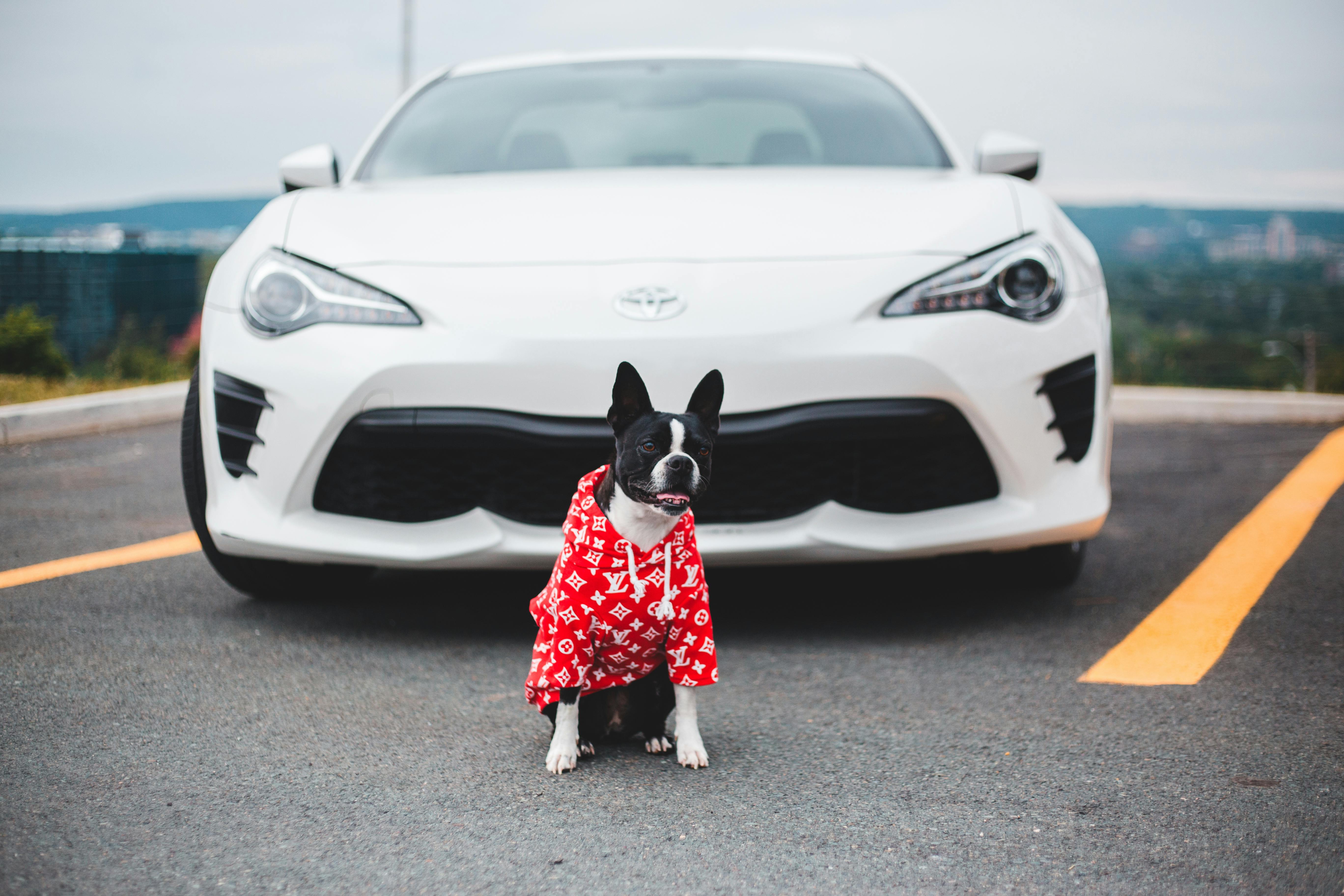Horseshoes and the trimmings they come with: Horseshoe makers set the trend, our horses pay the price
Some recent and not so recent research has led me to write this article. Over the past two decades, shoe manufacturers have inadvertently or perhaps on purpose set trends that could be detrimental even to barefoot horses. You read that right; the trend set by shoe manufacturers could have an effect on your barefoot horse. Not through their production of horseshoes, but rather through the style of shoes they produce.
Thinking back to when I first started out as a farrier almost 25 years ago, I remember making my weekly pilgrimage to the local farrier supply store to purchase the necessary horseshoe inventory to stock my farrier truck for the week. He would calculate the number of pairs and the sizes he would need for work in the coming weeks. As my business grew, it became more difficult to find the time to make those weekly trips, and I soon found myself buying inventory for the month.
Setting up a horseshoe inventory was pretty straightforward. I, like most farriers at the time, would buy box punched and drilled barrel shoes, in the most common sizes 00, 0, 1, 2, 3. The term barrel shoe defines the most common of horseshoes made machine. The barrel shoe comes in a generic oval shape and was called a “barrel shoe” because they originally shipped in casks (barrels). This type of shoe almost always needed to be shaped to fit the horse’s hind or front leg. Too often, the hasty farrier would simply open or close the shoe to fit a foot and then mold the foot to the shoe, rather than the shoe to the foot.
This practice was probably first at the beginning of what would become a trend, started by the type of footwear that was available from a shoe manufacturer. It was the shape of the first barrel shoes made where it all began, setting the trend.
As new manufacturing techniques developed, manufacturers began to produce shoes in a variety of new ways. The first new style shoes to be offered were front and back patterned shoes that came out of Europe. American farriers who were being criticized at the time for trending long toes and low heels, which were said to help increase step, were quick to adopt this convenient way of approaching the break. This was the start of a new trend, which can be just as damaging to today’s horse as long toes and low heels.
It was the rear pattern shoe that really changed things. The back pattern shoe was the first readily available shoe to be offered with a square toe. Quickly, manufacturers introduced ready-made side-clip back shoes and toe-clip front shoes. The front shoe pattern was often rounder than the standard barrel shoe many of the farriers used at the time. This may have been the reason why some farriers began using hind patterns on the front of the horse; this proves to be a simple way to provide a square toe to the front foot, making it easier to fit.
Twenty years ago, the square-toed shoe was more often considered a repair or corrective type shoe. It was not often worn as a barrel shoe. Before the square toe shoe could be purchased, the square toe needed to be forged.
Over a period of ten years, patterned shoes flooded the market.
American-based companies began to produce front-pattern shoes that were not as round as European-type pattern shoes. These new patterns were more like the traditional barrel shoe. With increased production, cam prices are reduced, making it more economical to purchase clip-on shoes, rather than forge them. Eventer type shoes were introduced in the mid 1990s. These pattern shoes had a rolled cross section, which claimed to aid in breaking in, they also came in front and back patterns.
In the mid-1990s, we say the rise in the use of the Natural Balance (NBS) shoe, which was modeled after the footprint of the wild horse. It was also square toed and came in front and back patterns. Every time a new shoe was introduced, it was accompanied by claims that the shoe helped break-in and/or provided necessary heel support. This is still true today, for most newly developed horseshoes.
So where is all this going?
To the point, shoe manufacturers have been setting trends that influence the way in which the farrier treats the foot.
I recently compiled research on a little-known disease that affects many of today’s horses, black hole seeded toe.
Our research began in 2001, the opening of the International Institute of Equine Podiatry. Inc., we have since examined over 1200 hoof carcass specimens. We observed a dramatic increase in the appearance of black hole-like seed toes. Research has now provided evidence to suggest that various shoe and fit trends could be the cause of this increase in the incidence of this disease.
Our research has shown that, in most cases, the black hole is evidence of a mass of hyperkeratinized horn, located in the creana marginalis of the coffin bone (seen as a notch in the coffin bone). One theory suggests that an abnormal increase in the size of the creana marginalis was probably due to a compromised blood supply. Other studies imply that the cause of the manifestation of the HKH mass at the creana marginalis site is stress.
Biopsies of twenty (20) specimen masses were taken and prepared for examination. The opinions collected from various pathologists were unanimous; the HKH mass was the result of epithelial cell hyperplasia with keratinization, probably caused by stress.
Photomicrographs of tissue samples from the masses often showed elongated secondary epidermal sheets (SELs); this occurrence has been associated with changes in response to stress.
The measurements were taken from the sunprint of the twenty specimens from which the masses were collected. This showed us that the greater the variation in equilibrium, the larger the mass often appeared. The most widespread causes of imbalance were the low heel and the creation of an excessively short break.
The investigation has allowed us to develop a series of hypotheses.
1. The theory that abnormal increases in the size of the creana marginalis of the coffin bone is the result of compromised blood supply due to long fingers is no longer tenable.
2. The research supports the theory that abnormal increases in the size of the creana marginalis may be nature’s way of increasing surface area in response to increased stress.
3. Evidence supports the theory that stress and the resulting HKH mass is the cause of the enlargement of the creana marginalis of the coffin bone.
Our conclusion is that trends perpetuated by various types of shoes and various clipping techniques proposed over the past decade are responsible for an increase in the development of HKH mass and the resulting black hole toe. Most of the proposed techniques promote a drastic reduction in breakage, which can lead to incorrect placement of the coffin bone within the hoof capsule. There are a number of factors that have come up, many of which are the result of improper clipping.
What all this means for those of you who have chosen to go barefoot with your horse, is that you need to take a closer look at the way your horse is trimmed.
Here are some recommendations that can help prevent massive growth and can help stabilize an existing condition.
- Aggressive rocking of the wall at the toe should be avoided. Avoid bending the wall or swinging your toe toward or palmar from the white line.
- Avoid coffin bones parallel to the ground.
- Do not lower heels to viable (live) sole at bar/wall angle (often results in coffin bone parallel to ground).
- Low heels do not justify a radical break with the placement.
- Treating black hole seed toe with topical solutions or baths will do little to remedy the problem.
- Balance must be addressed and any sources of stress relieved; this does not mean an excessive removal of material in the toe box.
This new evidence calls into question the Universal Sole Trim theory, Natural Balance trimming, and any other method that may upset the balance, causing stress at the creana marginalis (coffin bone tip) site.
There are many more studies to be done. Immunology studies are underway and more research is being done on the cause of the HKH mass.




